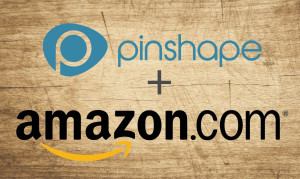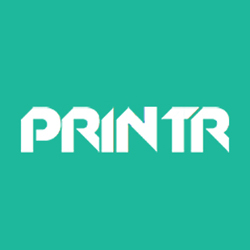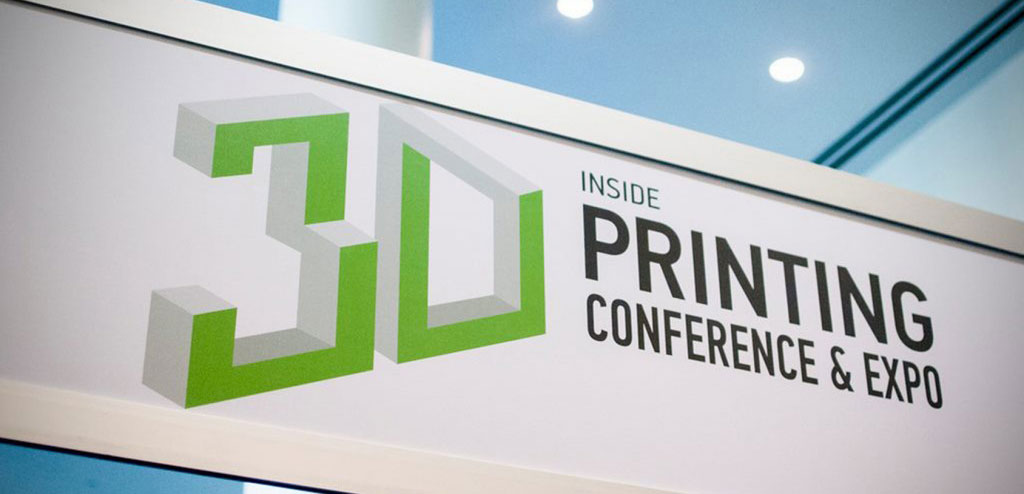So, Where is it all Headed?
The emerging 3D printing ecosystem, which barely existed a year ago, is growing at an incredible rate. In a network environment where everybody has access to everything that is going on, yet is affected by local conditions, knowledge and ideas; new ideas can arise and spread incredibly quickly, and be very hard to predict.
For the purposes of this article series I have divided the emerging ecosystem of 3D printing into various discrete parts, however, it is clear from observing what is happening in the field and from talking to the companies involved that there are no pure companies that operate solely in any of these convenient divisions. Every company is anxiously watching the field and brainstorming internally in order to try and understand in which direction(s) the market is moving and to position themselves to service and benefit from it. This is entirely as it should be and is very exciting to watch.
The established companies who have had some time to build a presence and understand how the ecosystem works would include Makerbot and by extension Thingiverse, Autodesk’s 123D Apps, Shapeways and even CGTrader, who were founded in 2011.
A complex network of distribution channels, designers, marketplaces, print suppliers and buyers is being formed, supported by publications, communities and event specialists.
A few years ago there were no trade shows dedicated only to 3D printing, although a couple such as TCT (UK) and Rapid (USA) featured the technologies heavily; now, several growing event organisations are spreading their tentacles including the daddy of Internet trade shows, Alan Meckler, with his international array of Inside 3D Printing shows. However, as we’re talking an ecosystem of many parts, it’s important not to think that there is any one-size-fits-all show, and already small specialist shows are popping up to fill in the interstices.
Pieter Hermans runs a range of 3D print events including 3D publishing, bioprinting and a 3D materials event. As he tells me, he started this event because no technology is useful without content, yet content and content management is one of the key emerging pieces of the jigsaw puzzle. It is akin to the emergence of the World Wide Web over twenty years ago: first there was the web itself, which drew those who had a technical interest in this concept. The moment content and content ideas were added to the mix, everything started to grow at an incredible rate. It’s easy to forget that an ailing giant like Yahoo started life simply as a listing service of what was available on the internet. Services that already exist, such as Thingiverse, may be much larger businesses than the hardware companies that spawned them.

There are many localised startups that are looking to specific geographic markets, such as 3DPrintUs in Russia and Rinkak in Japan. It remains to be seen how these integrate themselves into the wider geographical and technical landscape.
Some companies are already climbing up and away from the basic 3D print space, recognising that the tools and processes needed to design and distribute 3D prints are the younger cousins of more complex and long established CAD tools and services. This is again in the same way that in the early days of the internet, it was quickly realised that html was a younger cousin of existing structured markup languages and that looking to the existing markup tools might provide clues as to how this new area would develop. Thus, Shapedo, which has an interesting tool for iterating and sharing 3D designs is looking to develop more powerful tools for the CAD design industry, using the structures of the 3D object store industry as a base. Miproto offer a combination of design service and 3D printing, as do Redproto. Buildparts offer a high end design and print service specifically for technical parts. Fabnami offers an API for sending orders for print, but it is early days for them. 3DKitbash offers a range of ready designed objects, test and development kits. They have an interesting combination of files and parts and may prove those who doubt the ‘pay for a 3D object file’ business model, wrong.

It is important not to miss the physical spaces that offer access to 3D printing alongside other maker technologies, much in the way that internet cafes offered public spaces where anyone interested in the internet could go along and find out what was possible. FabLabs, local maker labs, shops and more commercial services are springing up worldwide. We have already seen several experiments with commercial outlets where the dream of running hands-on 3D printing centres in shopping areas is being enthusiastically trialled. The print materials ecosystem is also growing apace with new materials, techniques and tools arriving regularly, adding to the complexity of the space. I have even seen the first filament subscription service offered, which brings the hardware of materials back into the software of the network and adds another layer of possibility.
We’re not in this ecosystem, we are the ecosystem. Between us all and the way we create, use and connect these tools, the most amazing projects will come to fruition. Our 3D printers are just one end of a marvellous system that is growing under our noses and we will no doubt look back in a few short years and marvel at how far we’ve come.




